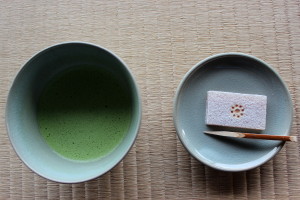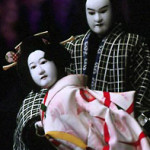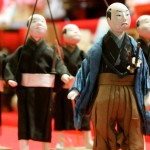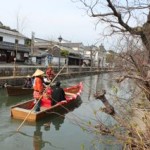You may have tried green tea or matcha at Japanese café or somewhere else. Yes, it is the vivid green color tea with creamy forms on the surface. It is bitter and contains caffeine, a bit stronger than black tea. In order to enjoy matcha, put matcha powder, which is crushed green tea leaves, in tea bowl and pour hot water (approximately 85℃) in it. Then stir it quickly by using special bamboo-made whisk until smooth form covers the surface of the bowl.
Green tea was brought from China by Buddhist monks around 8th century. It was taken only among aristocracies and was regarded as medicine. It is said drinking match spread widely by late 12th century with the spread of Buddhism
Read More



